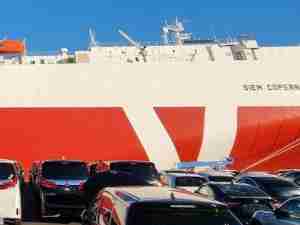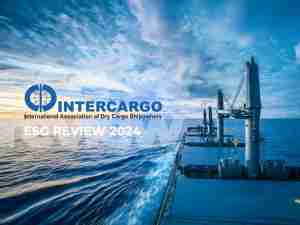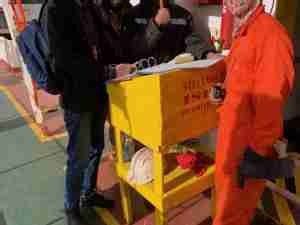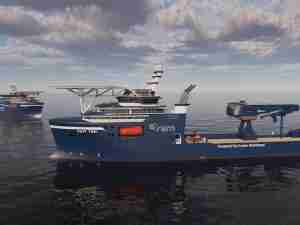American ports in the Great Lakes-St. Lawrence Seaway system handled a diverse mix of inbound and outbound cargos from 20 countries through June, reporting strong activity with wind energy components as well as traditional Seaway cargos. Year-to-date total tonnage—from the opening of the St. Lawrence Seaway on April 1, 2020 through June 30, 2020—increased to 11.7 million metric tons (mt), down 8.4 percent compared to this time last year.
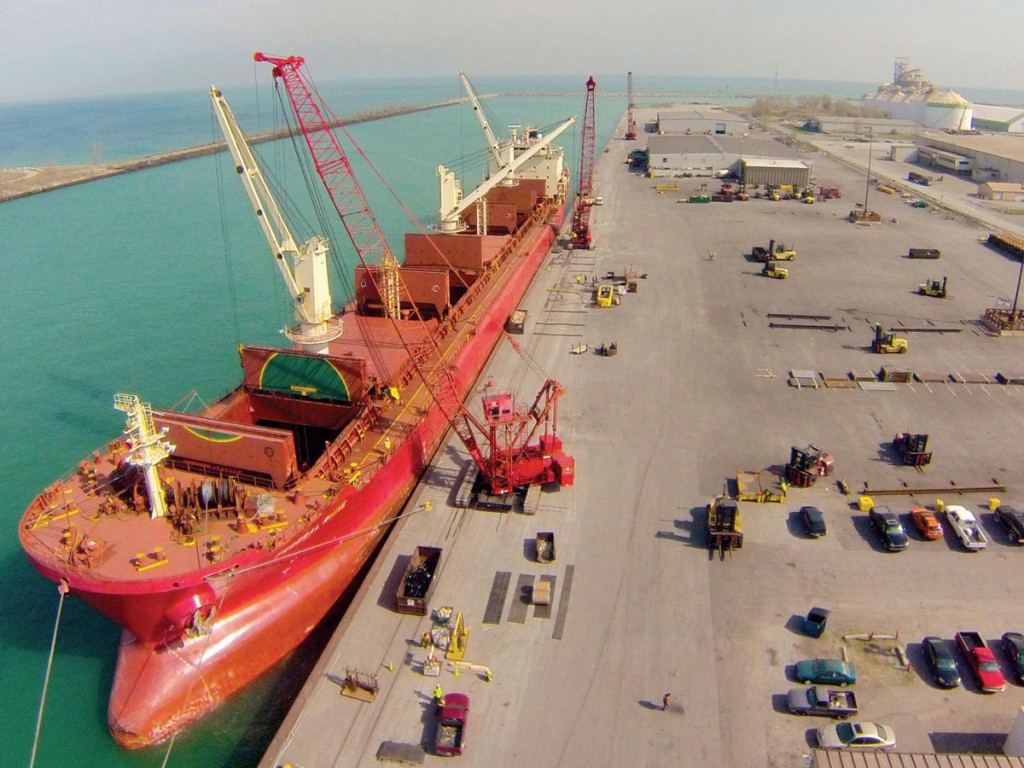
Craig H. Middlebrook, Deputy Administrator of the U.S. Saint Lawrence Seaway Development Corporation said, “Great Lakes-St. Lawrence Seaway shipping is a critical link in the domestic and global supply chain. Through June, we saw shipments stabilizing, with traditional Seaway cargos including grain and steel on an uptick. General cargo tonnage continues to be strong, attributable in large part to increasing movement of wind turbine components.”
Top-performing commodities through June 2020
Commodity Metric Tons Handled Growth
| Commodity | Metric Tons | Change * |
| Grain** | 3554000 | 3.30% |
| Salt | 1101000 | 3.40% |
| Gypsum | 215000 | 109.40% |
| Steel Slab | 159000 | 166.80% |
| Asphalt | 57000 | 6.80% |
*Percentages rounded to nearest tenth (compared year-over-year)
**Combined U.S. and Canadian
Port Spotlight: Green Bay and Indiana-Burns Harbor Advance Global Supply Chain
The Port of Green Bay reported strong tonnage levels domestically and internationally through June, welcoming 58 vessels during the 2020 navigation season thus far. For the Port, total imports and exports hit nearly 288,000 metric tons in June, which is 3 percent ahead of the same time last year.
“Last year was very good for the Port, hitting tonnage levels we hadn’t seen since 2007,” said Dean Haen, Port Director, Port of Green Bay. “To be ahead of that pace for this year is tremendous. We certainly hope to see that continue as we move through the shipping season.”
Among the Port’s traditional Seaway commodities seen thus far were imports of salt, imports and exports of petroleum products, and imports of limestone—each showing growth over this time last year. Additionally, the Port welcomed a noteworthy Seaway movement of wood pulp from Brazil in June that will be used by the paper industry for the production of diapers and wipes.
“The June tonnages certainly provide reason for optimism,” Haen added. “There are, of course, many variables at play, but it’s encouraging to see our tonnage outpacing 2019 at this point.”
Similarly, the Port of Indiana-Burns Harbor noted strong international activity during the month of June, welcoming four Seaway shipments.
“In total, the Port of Indiana-Burns Harbor handled 16 waterborne general cargo shipments in July, including a steady flow of wind turbine components from around the globe,” said Ian Hirt, Port Director, Port of Indiana-Burns Harbor.
In June, the Port also handled a gantry crane disassembled from Finland and South Korea that will be used in a local rail yard for discharging containers from intermodal trains, equipment from Southeast Asia for use in regional natural gas electric generating stations, and traditional steel shipments from Belgium, Germany and the Netherlands.
